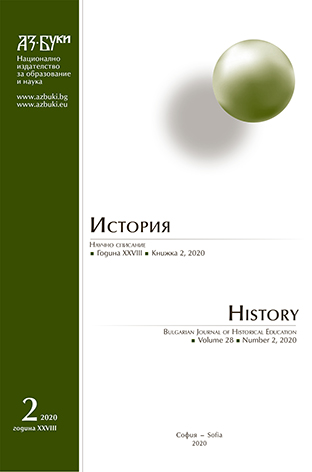
We kindly inform you that, as long as the subject affiliation of our 300.000+ articles is in progress, you might get unsufficient or no results on your third level or second level search. In this case, please broaden your search criteria.

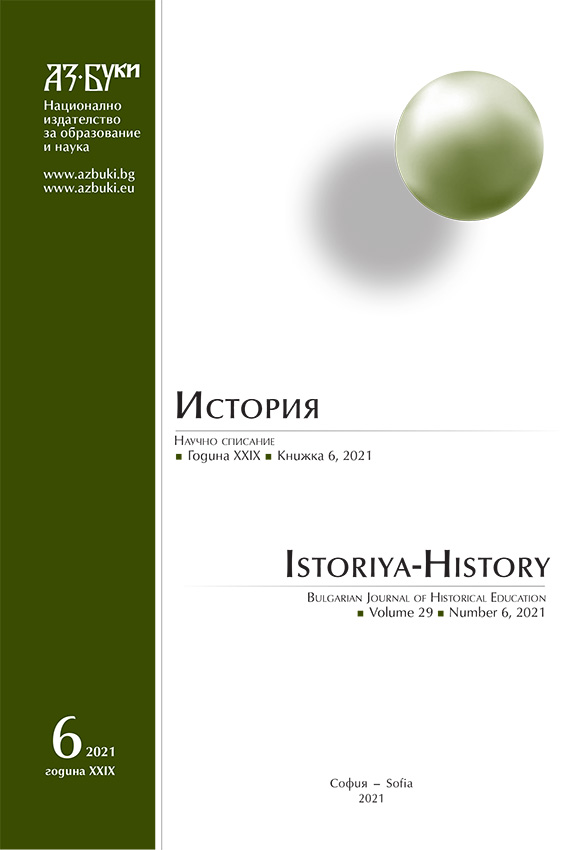
Object of the present research is the Russian chronograph, an extensive chronicle in which the history of the Slavs is described as part of the world. The information about the Bulgarians occupies an important place. The data about the Bulgarian history in the 9th – 11th c. is taken from Slavic translations of Byzantine chronicles and from some Russian historical works, most notably from the Bulgarian additions to the Manasses Chronicle. This article seeks to answer the question of how productive the Chronograph is as a historical source. Unpublished editions and copies of the Chronograph were also used for the purposes of the research. The method of comparative analysis shows that although some of the information is found in earlier Russian historical texts, different points of view are presented in the Russian chronograph. The chronograph contains rich information about Bulgarian history, part of which remains out of scientific interest. It is valuable for science and can be productively used as a source for Bulgarian medieval history.
More...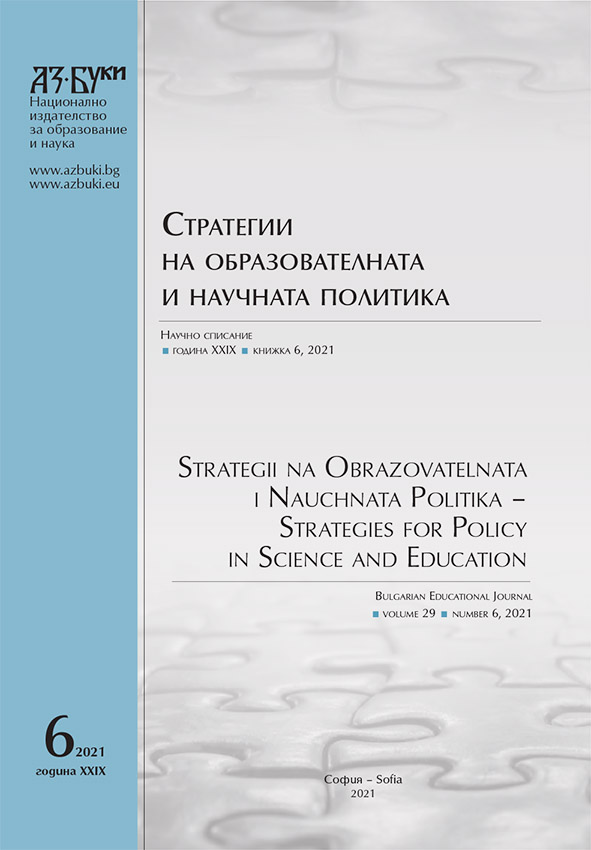
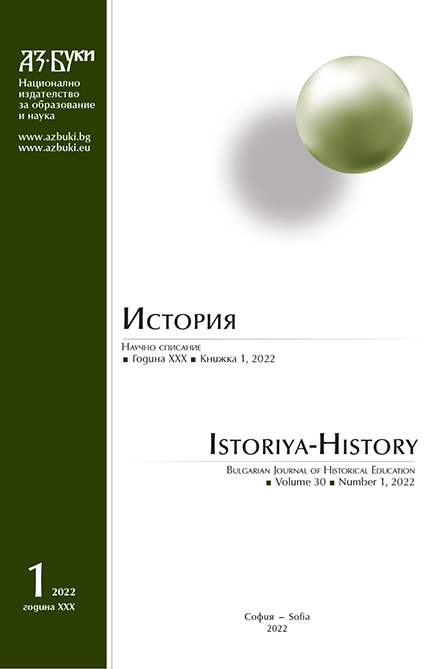
The article outlines the relations between the Patriarchate of Constantinople and the Bulgarians in the 14th century. It is divided into three parts. The first part examines the relations between the Patriarchate of Constantinople and the Patriarchate of Tarnovo, and an attempt is being made to present not only the cases of opposition between the two institutions, but also the interaction and spiritual ties between them. The second part presents the relations between the Patriarchate of Constantinople and the Bulgarians in the context of the political and ecclesiastical life in the Balkans in that period. The third part presents the relations of the Patriarchate of Constantinople with high-ranking Bulgarian clergy, who developed most of their activities outside the Bulgarian lands. They are evidence of the spiritual growth and influence of the Bulgarian Church before its destruction, as well as an example about the traditional contacts of the Bulgarians with the Byzantine Church.
More...
Nearly three centuries have passed since Bulgarian migrants appeared on the territory of contemporary Ukraine. They had to leave their historic homeland due to the strengthening of control of the Ottoman administration over all spheres of life of Bulgarians in the metropolis, as well as the intensification of the Russian-Turkish military confrontation, which drastically affected the economic, social, and cultural situation of the Bulgarian population. The Bulgarians, settled down on the Ukrainian lands, became an integral part of the multi-ethnic Ukrainian society, though fell victim to the assimilation policy of the Soviet period. Bulgarians are undergoing a period of national and cultural revival in the independent Ukraine, which is intimately linked to the process of recovering the historical memory of Ukrainian Bulgarians, restoring the pantheon of national heroes, memorable dates, and revival of traditional culture. In this connection, the researches dedicated to the analysis of the process of formation of the historical memory of the Bulgarian community in modern Ukraine are of particular relevance. The authors emphasize the difference between the two main groups of the Bulgarian community on the territory of Ukraine – Bessarabian and Azov (Taurida) Bulgarians, which is reflected in a reassessment of the role of the migration of ancestors of modern Ukrainian Bulgarians from the metropolis as well as in a monopolization of objects of national and cultural heritage by certain organizations, etc.
More...
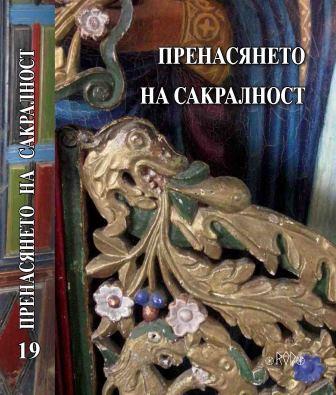
On the entire territory of the eastern regions of the Republic of North Macedonia, archaeological research and historical sources confirmed only the Bishopric of the city of Bargala as the first and so far the only bishopric. Beside the bishopric as the main church seat, there were also 453 Christian centers with lower rank than that of a bishopric, which have great merit for the spread of Christianity in other parts of the eastern regions of the Republic of North Macedonia. Based on the number of discovered basilicas and early Christian single-naved churches on the territory of the eastern regions of the Republic of North Macedonia, as Christian centers we can distinguish the following: - Maleshevija – Pehcevo: three-naved basilica on the site St. Petka and the three early Christian churches on sites: Skalata – village Ciflik, Manastir and Lesje in the village Spikovo. - Vinica with the two three-naved basilicas at the sites: Gorica and Kale. - Pijanec: Dulica with the three-naved basilica at the site Begov Dab, and the single-naved churches at the sites: Manastir, Seliste – St. Ilija, Keramidnica and Crkva. - Demir Kapija with three-naved basilicas at the sites: Manastir and Crkviste and the single-naved church at the site Kale – Strezov Grad – village Celevec. - Nov Dojran: the early Christian centre Nov Dojran with the three-naved basilica at the site Crkviste, and the singlenaved church at the site Manastir. - Vraninci (Kocani), with single-naved churches at the sites: Gramadi, Grobista and Seliste. - Kochani: Morodviz, has been discovered the church complex Crkvishte with two early Christian churches and one medieval church, dating from the 5th to 12th century, and the early Christian center Vraninci, in the area of which three single-church early Christian churches have been discovered, Gramadi, Grobista and Seliste. - Kratovo with Konjuh, on the territory of which three basilicas were discovered, two at the site Golemo Gradiste and one at the site Kshla. - Strumica, we will separate the city of Strumica with two early Christian basilicas, discovered at the sites of St.15 Martyrs of Tiberiopolis and Orta Mosque. - Stip, besides the Bishopric of Bargala, a great contribution to the spread of Christianity, there is also an early Christian center of Krupishte, 454 located in the middle of Bregalnica, in whose territory are discovered: the cathedral temple and the single-naved Early Christian church at the local church Kale, the three-naved church under the foundations of the medieval church of St. Nicholas. Early Christian centers (basilicas and single-nave churches) were demolished during the increasingly frequent attacks by the Avar – Slavs, late 6th – early 7th century. From the 8th century until the 14th century, until the arrival of the Ottomans in this region, нew sacred buildings were built above the foundations of most basilicas and single-nave churches, which continued to spread Christianity in the eastern areas of the Republic of North Macedonia.
More...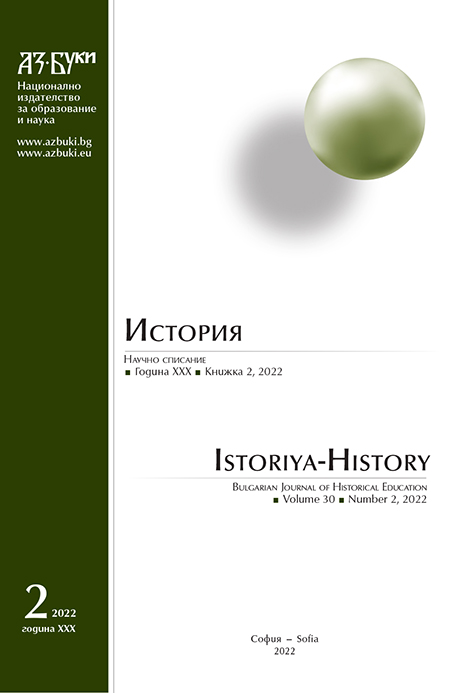
The study examines the social characteristics of the clergy in the kaza (region) of Razlog in the early twentieth century. Based on the register of local parish priests from 1910, the main socio-economic indicators of the clergy are traced: age, marital status, ordination circumstances, years of service, church hierarchy, origin and heredity of the profession, education, parish size, annual income. The regional peculiarities of the clergy in the context of the general data on the Bulgarian priests in Macedonia in the beginning of the XX century are outlined.
More...
The festivals in honor of Jupiter, celebrated in the Roman province of Lower Moesia, have not been studied extensively. Fourteen precisely dated Latin inscriptions have been analyzed for this purpose. The 13th of June is defined as a fixed feast in the calendar of vicus Quintionis, and probably to one more village in Northern Dobruja. Most of the monuments were dedicated on different days and it is impossible to determine whether they were consecrated on a holiday in honor of the god. Some villages in Dobruja, such as vicus Secundini, vicus Clementiani and vicus classicorum performed regular, perhaps even annual dedications to Jupiter, but the day of the consecration of the altars is not specified in the inscriptions. The cyclic recurrence of this act presupposes observance of a certain holiday calendar with a fixed festival of Jupiter.
More...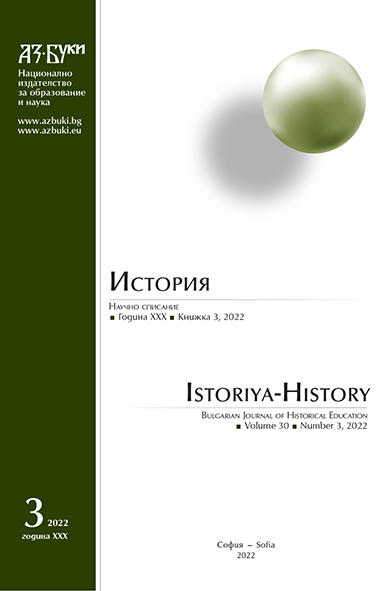
In this paper are presented the main and little-known street and other urban areas’ name changes in Plovdiv during the XX century. Attention is also paid to the background from the late Ottoman period. The renaming actions implemented by the central or local authorities usually lead to partial or complete loss of historical memory, regardless of the policy, purpose and ideology. Most seriously were affected the names from the time of the Ottoman rule but there were more cases throughout the Bulgarian national history.
More...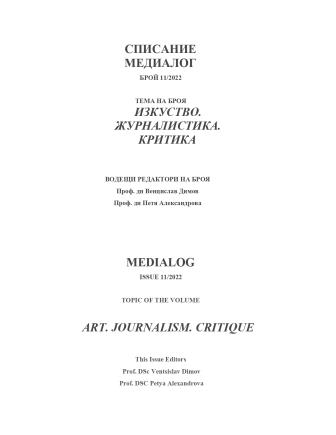
This article examines commercial gramophone records and focuses on their functioning as a medium in the first half of the twentieth century. During the first stage of the development of the shellac gramophone record (from the 1900s to the late 1920s), the gramophone record became the main medium of the music industry, had global distribution and sales, and competed with the leading media and forms of music and art reproduction: cinema and radio. The article focuses on several highlights. It asks how old commercial gramophone records should be studied today: as historical object, sound document, or media? Some methodological problems and directions for future research are pointed out. Examples are given of the history of the Bulgarian music industry and media music in the first half of the twentieth century.
More...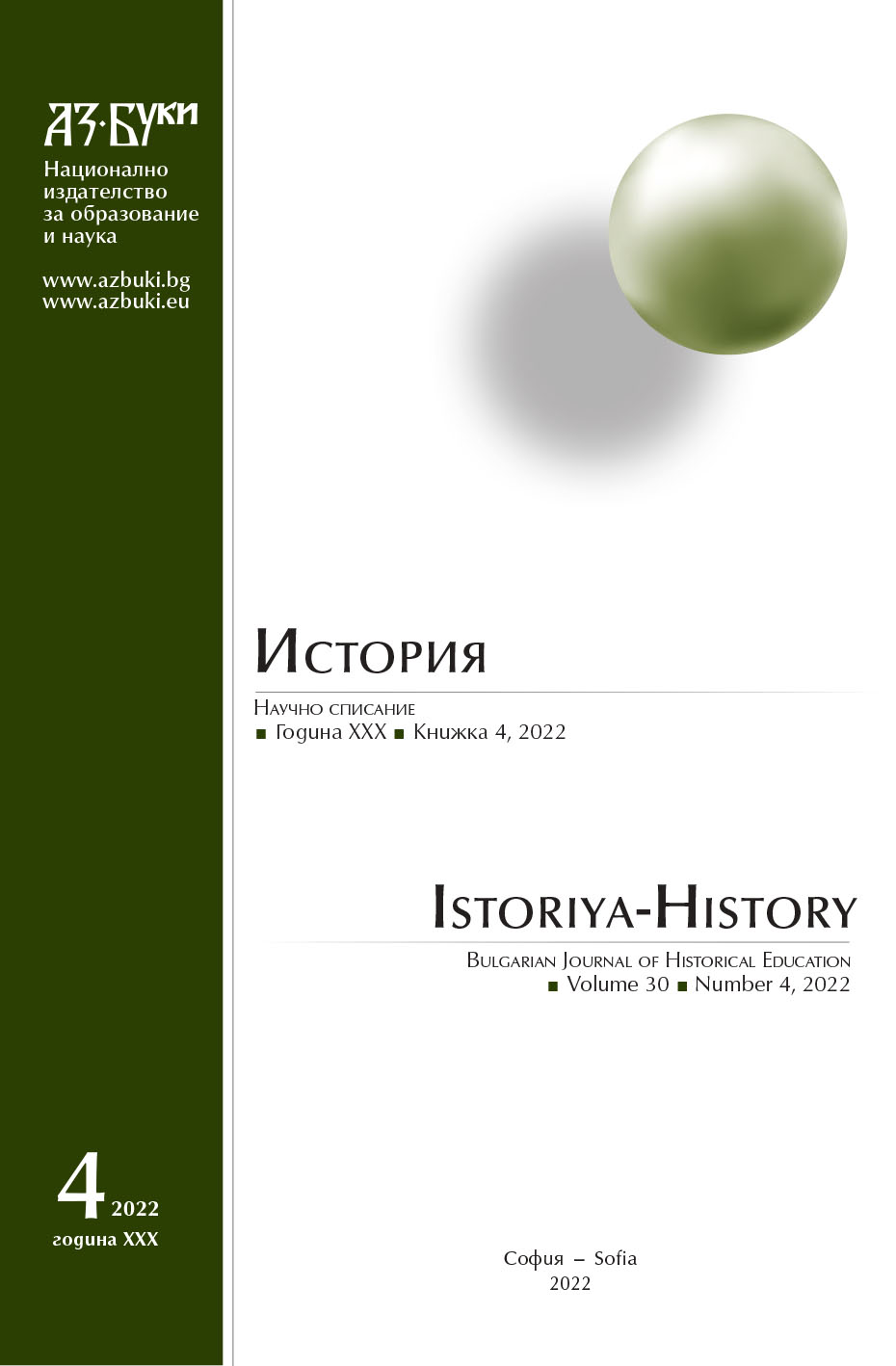
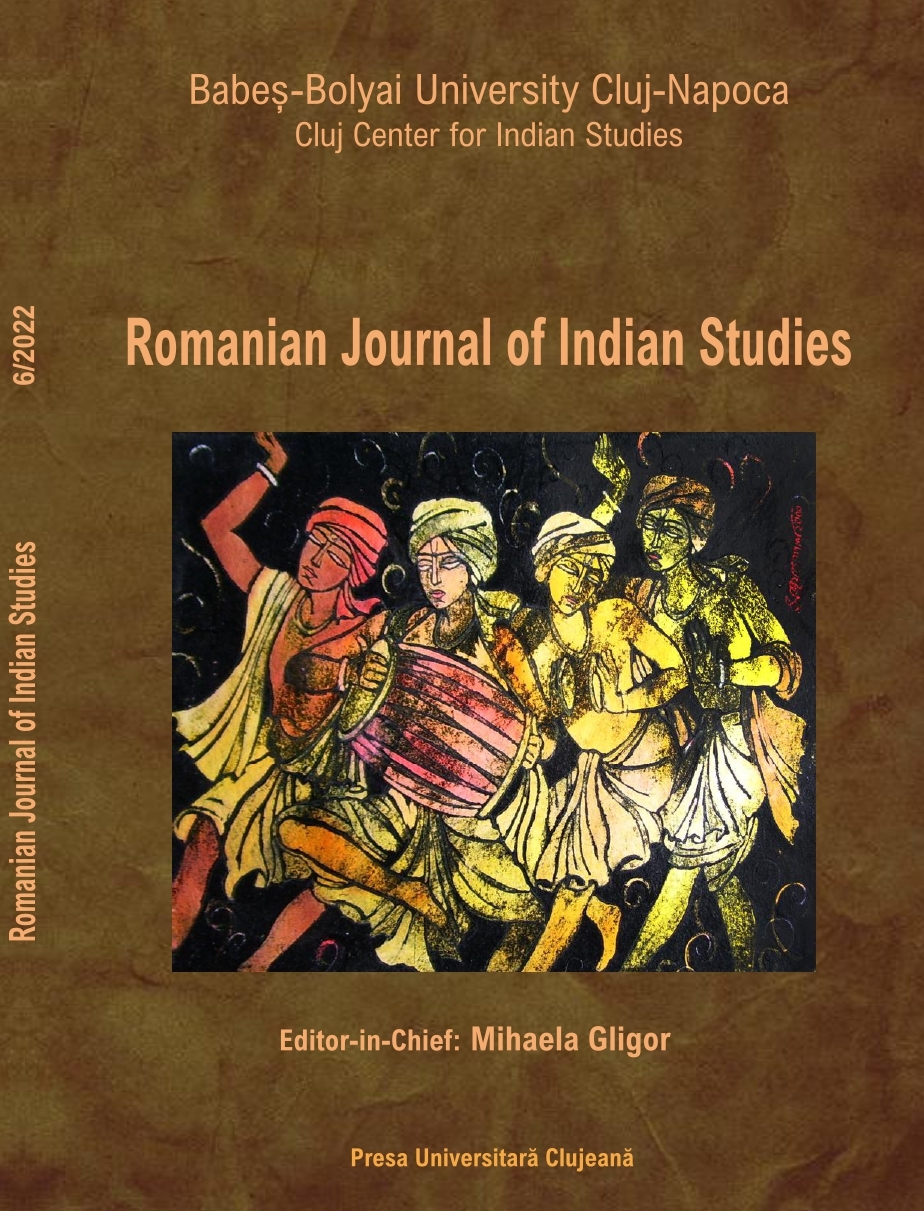
Review of: Amartya Sen, Home in the World. A Memoir, Allen Lane, an Imprint of Penguin Books, New Delhi, 2021, 464 pp., ISBN: 978-1- 846-14486-8.
More...
Review of: Malini Bhattacharya and Abhijit Sen (Eds.), Talking of Power. Early Writings of Bengali Women, New Delhi, Sage Publications India, 2021, 181 pp., ISBN: 978-93-81345-81-8.
More...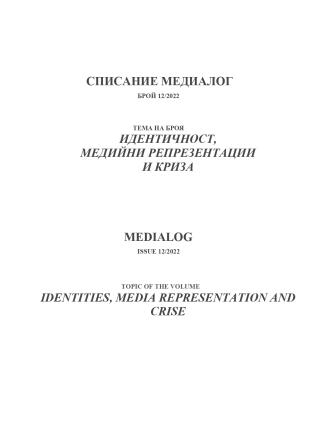
The text presents results of research carried out by students of European studies (Simon Weil graduation, academic year 2021/2022), centered on the image of Ukrainian refugees and the ways in which it is constructed in the Bulgarian media. The results of the study refer to the first two and a half months of the war in Ukraine. 35 online and Internet-based media were tracked. Basic aspects of media representation are summarized in concluding text
More...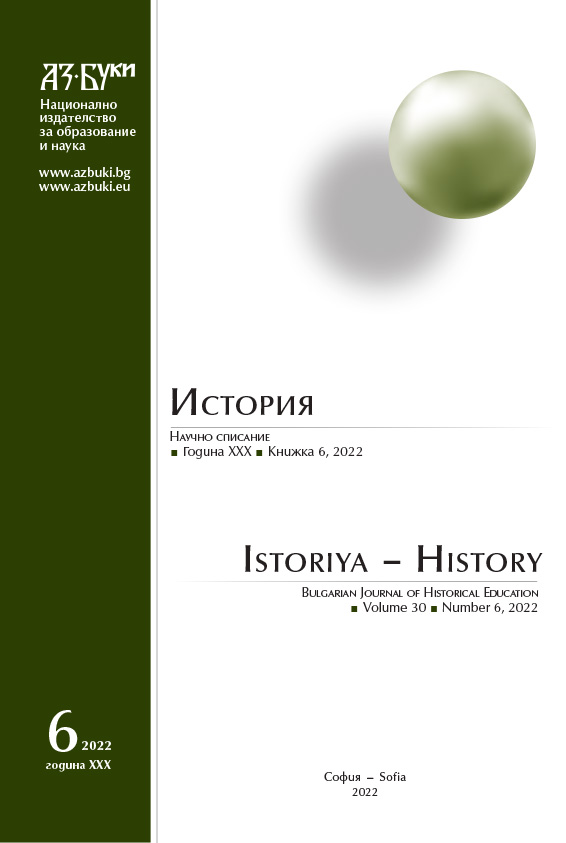
Cet article prend pour objet la légitimation des constructions hiérarchiques dans deux entreprises des pays d’Europe de l’est. La première est une multinationale en Pologne, la seconde une ONG de démocratisation en Roumanie. Le travail en Pologne et la démocratisation en Roumanie sont les secteurs qui ont été les plus exposés au changement dans la période postcommuniste dans ces deux pays. Pour comprendre le sens que donnent les acteurs à leurs relations sociales dans ces champs sociaux, trois dimensions doivent être rapportés aux enjeux actuels : le rapport au passé communiste, l’articulation à l’Occident et à l’État qui se conjuguent dans les imaginaires collectifs.
More...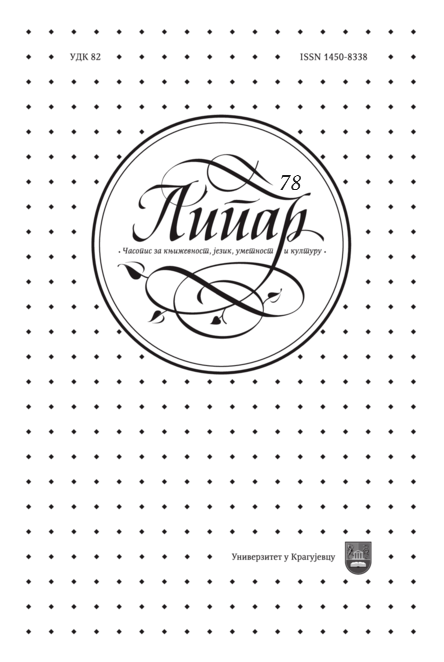
In this paper, we consider the phenomenon of fictionalization of the theme of the Goli otok in novels (mostly written by women), as a kind of collective and ideological trauma, which has been a taboo topic in socialist Yugoslavia for more than 40th years. Biljana Jovanović (Duša, jedinica moja, 1984) and Boba Blagojević (Skerletna luda, 1991) started the topic of Goli otok in a women’s ideological novel and after that the topic of IB Resolution continued through different genres: publicist- memoir work (Ženi Lebl), autobiographical novel (Vera Cenić), or a real postmodern novel by Milka Žicina (Sve, sve, sve, 2002), all the way to a modern novel, with a fictional protagonist, which combines all the experiences of the Goli Otok`s victims (G. Zalad, Plava tišina, D. Grossman, Život se sa mnom mnogo poigrao). We divide the origin of these novels into the works of women writers who personally experienced torture of Goli otok (Ž. Lebl, V. Cenić, M. Žicina, Eva Panić), and those who were born much later, dealt with this topic completely through the fiction (G. Zalad, D. Ilić, D. Grosman). V. Cenić and M. Žicine also created several impressive literary heroines, whose degree of fictionalization we have specifically analyzed here as literary heroines (Brana Marković, Dragica Srzentić, Slavka Pogačarević, Eva Panić Nahir), as well as the type of antiheroine in the character of Marija Zelić, the warden of the camp on Goli Otok. These are works whose literary qualities should be much more present on our literary scene, and with a good film adaptation they should enter a much wider, public reception, especially since film as a medium is the main subtext of two modern novels about Goli Otok (G. Zalad, D. Grosman).
More...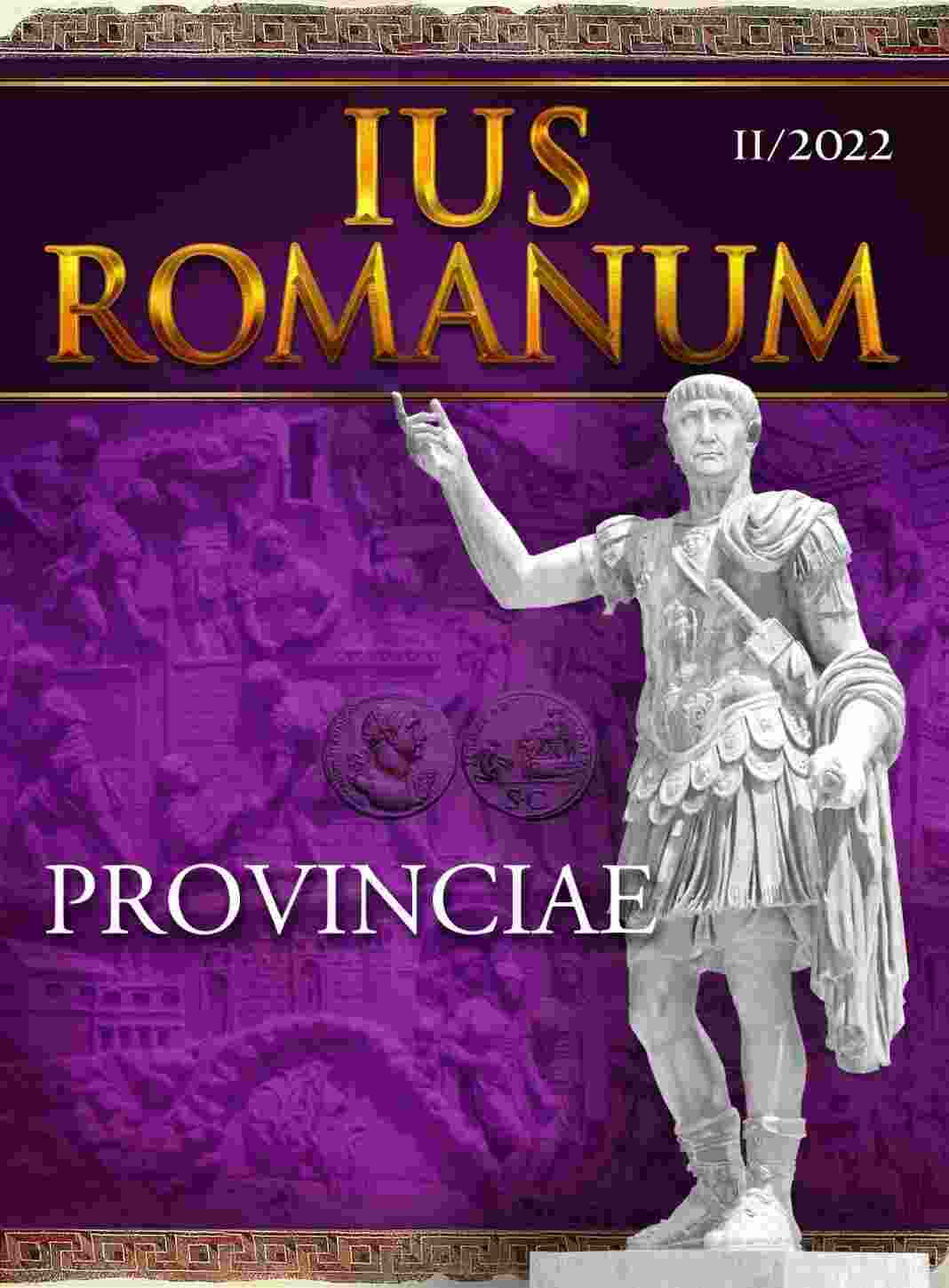
There are many records throughout the Empire from the imperial provinces dating to 1st and 2nd century AD that mention dispute settlements between tribal communities in which the Roman provincial administration had significant role. The intention of the Romans to intervene to such disputes was not so much motivated by the need to ordain how the dispute should be settled, but to ensure all the prerequisites that the dispute was ended quickly and efficiently. Romans intervened to all disputes that they perceived as potential dangers to their smooth administration of the province. The more dangerous the dispute was the higher provincial official was concerned with its settlement. Such approach to dispute settlements resulted with a high degree of standardisation of such procedures throughout the Empire which can be qualified as some kind of administrative arbitrations. Moreover, such approach reflected a consistent policy to disputes in those provinces where stabilisation of Roman government was still going on, or where tribal communities did still not fully adapt to the new Roman administrative system and territorial divisions. In their attempts to bring such disputes to an end, the Roman provincial magistrates used certain powers which were typical for their criminal jurisdiction, especially in initiating the dispute settlement and the enforcement of the award.
More...
Servus vilicus was slave placed at the head of a Roman villa rustica. The main sources in which we learn about the content of the duties and the powers of the vilicus are provided by Columella, De re rustica, I.8, XI.1, and XII.1, Varro, De re rustica, I. and the Cato, De agri cultura, CXLII–CXLIII. Having in mind that legal framework of his occupation is pretty unknown, it is justified to ask a question: was he (or maybe she) the institor? In the Digest, we find only the incidental remark that anyone appointed to cultivate the land may be considered as an institor (D.14.3.5.2). In addition, the institor was primarily engaged in trade, while the vilicus performed a wide range of the work. Beside that fact, vilicus was not exclusively engaged in agriculture, but also in some state services, which makes this notion even more complex and contradictory. However, the main question remains to be answered, whether the servus vilicus was a person who also legally obliged his master or his job was reduced to the actual management of the property?
More...